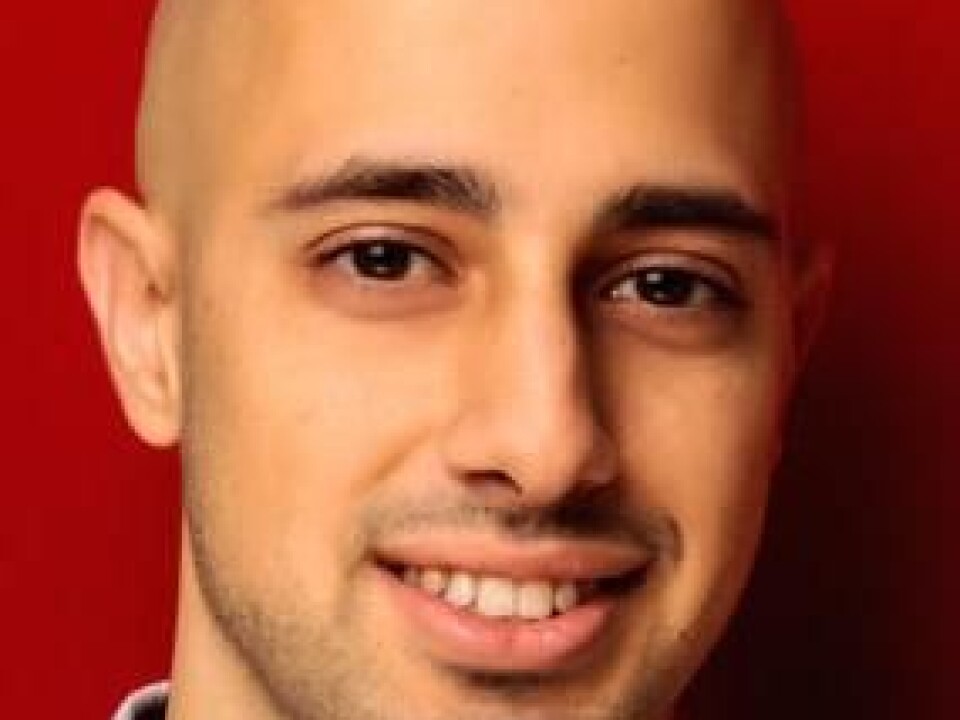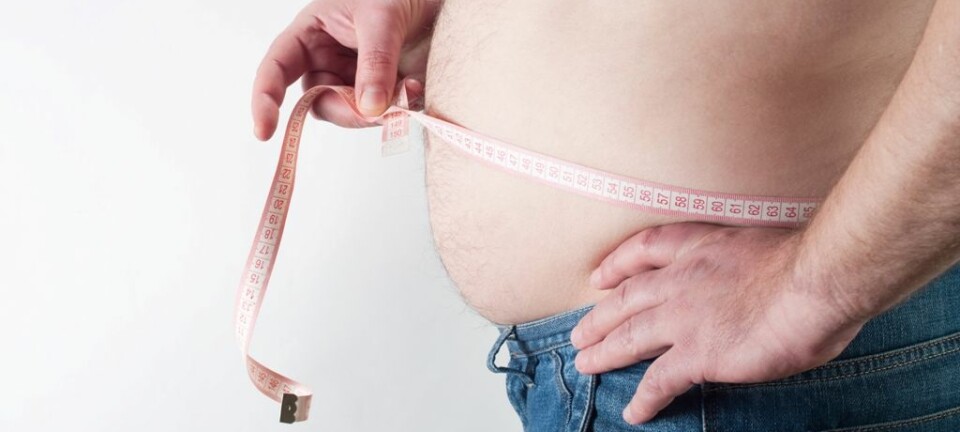This article was produced and financed by University of Bergen

Bubbles in the blood fight pancreatic cancer
The use of microbubbles nearly doubles the survival time of patients with pancreatic cancer, a new Norwegian clinical trial shows. This is the first time this technique is used to treat patients.
“The results are very, very promising, a lot better than we expected,” says Spiros Kotopoulis. He is a researcher at the Department of Clinical Medicine at the University of Bergen and the National Centre for Ultrasound in Gastroenterology (NCUG) at Haukeland University Hospital.
Kotopoulis has been one of the key investigators of the microbubble project.
Increasing the chances of survival
Pancreatic cancer is one of the most severe cancers there is, with poor chances of survival. 75 per cent of people diagnosed with the disease die within a year, and only 5 per cent are alive after five years.
Amid these bleak prospects, Dr. Kotopoulis and collaborators have developed a method using microbubbles during chemotherapeutical treatment in an attempt to prolong the life of these patients. So far the method has been tried out on ten patients in Bergen with good results.

The researchers found that the use of microbubbles in combination with chemotherapy nearly doubled the average survival time from 7 months to 18 months. This was done without increased chemotherapy dosage and with no added toxicity or additional side effects.
Reduced tumours
The key to the treatment is the use of the microbubbles that “crack open” the cancer cells making them more receptive to chemotherapy; a technique known as sonoporation. This increases the porosity of the pancreatic cancer cells giving the drug easier access where this is needed. The microbubbles themselves are completely safe and are commonly used in the clinic for diagnostic purposes.
“When we compared the amount of treatment our patients were able to undergo to a similar historic cohort, we saw a significant increase of treatment cycles. Generally, tumours stopped growing or were reduced in size,” says Kotopoulis.
Simple, but complicated
Microbubbles have been used in the clinic for many years – they allow ultrasound to visualise the flow of blood. Kotopoulis completed his PhD in the field of microbubbles for drug delivery.
“The new thing we are doing is that when the patient is receiving chemotherapy we add the bubbles on top of it. When infusion of chemotherapeutic finishes, this is at the maximum blood concentration. At this point we inject the bubbles, and this seems to improve the uptake of the drug in the tumour. The procedure in itself is simple – the complicated thing is what is happening behind the scene to make it work; a lot of parameters have to be optimised,” Kotopoulis says.
More effective chemotherapy
The ultrasound research group at NCUG and MedViz, led by Professor Odd Helge Gilja, closely studied the behaviour of the microbubbles in synthetic blood vessels and mice before they started using the new technique in patients.
“We saw that we could get the microbubbles to accumulate in small clusters. We wondered what more we could get them to do. We found out we could get them to go directly into a cell. The ultrasonic waves activate the bubbles, hence we can use the ultrasound to target where we want the drug to go, so of course we chose the tumour,” says Kotopoulis.
“This technique allows the chemotherapy administered with greater precision, and be directed straight into the tumour. That means each chemotherapeutic treatment is made more effective.”
Mice trial even more promising
The phase one clinical trial was carried out between 2012 and 2015 and led by Dr. Georg G. Dimcevski at UiB’s Department of Clinical Medicine. The trial was approved by the Regional Ethics Committee, and the researchers had to ensure that there would be no additional side effects on the patient when compared to patients undergoing normal chemotherapy treatment for pancreatic cancer.
The researchers have also done trials on mice, and the results are even more promising.
“We further optimised the treatment conditions in mice, and the results were further improved,” says Spiros Kotopoulis.
“We plan to try the treatment on a larger group of patients. We have applied for funding to use the microbubbles and ultrasound on 35 patients over a three-year period. This is a low-cost treatment. Microbubbles and ultrasound machines are globally available. Our hope is to get funding and get started as soon as possible.”
































